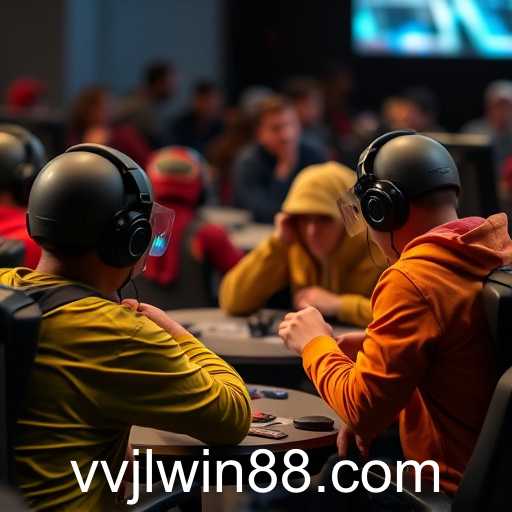This article delves into the world of multiplayer games, exploring how they have become a cultural phenomenon that connects players across the globe.
In recent years, multiplayer games have surged in popularity, becoming a cultural phenomenon that bridges geographical and social barriers. As technology advances and internet access becomes more widespread, the allure of engaging with players from around the world grows stronger. The keyword 'vvjl' might not immediately resonate with many, but it represents the diverse and ever-expanding category of multiplayer games found on a myriad of gaming platforms.
Multiplayer games offer a unique social experience that single-player games cannot match. From strategic battles in games like 'Fortnite' and 'League of Legends' to cooperative adventures in titles such as 'Minecraft' and 'Among Us', the collaborative element is pivotal. Players can connect with friends and strangers alike, forming alliances and rivalries that transcend borders.
This genre's evolution traces back decades, starting with simple multiplayer options on early consoles to today's sophisticated, cross-platform experiences. The integration of voice chat and real-time communication tools has amplified the sense of community, allowing players to share strategies, banter, and create memorable gaming moments.
Moreover, multiplayer games have given rise to professional esports—a testament to their competitive appeal and cultural significance. Tournaments now offer substantial financial rewards, drawing millions of viewers online. This has transformed gaming from a niche hobby into a mainstream entertainment form.
Beyond entertainment, these games foster life skills such as teamwork, strategic planning, and problem-solving. In virtual worlds, players assume various roles, navigating complex situations requiring cooperation and quick thinking.
As multiplayer games continue to evolve, embracing virtual reality and augmented reality technologies, they promise even more immersive experiences. These advancements will likely further blur the lines between virtual and real-world interactions, making them an integral part of our daily lives.
In conclusion, the category of multiplayer games, symbolized on some platforms by the keyword 'vvjl', exemplifies the power of digital connectivity. They are more than just a leisure activity—these games are a medium that fosters global connections and enhances cognitive and social skills, all while providing hours of entertainment.

